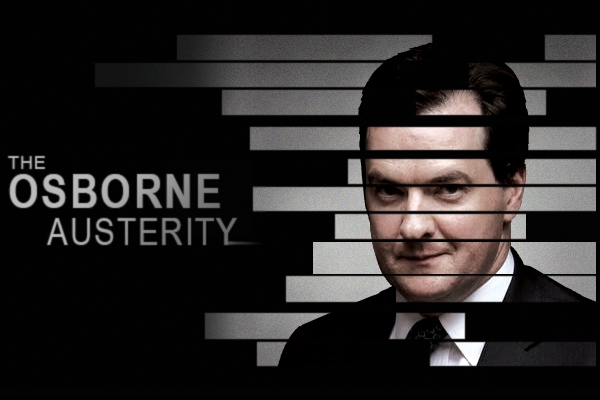‘Osborne’s austerity is killing the recovery.’ It’s a familiar refrain, one that we hear every time there’s bad economic news. And, sure enough, today’s terrible GDP stats have sparked yet another rendition. Take this, for example, from the TUC’s Brendan Barber: ‘The government’s austerity strategy is failing so spectacularly that is has wiped out the recovery completely.’ But very rarely is that austerity quantified. Just how big are these cuts that have supposedly crippled the British economy?
Well, according to the latest ONS figures, total managed expenditure stayed roughly flat in the coalition’s first year, before being cut by just 1.8 per cent in real terms (£12.6 billion) in 2011-12. But this hides the true extent of the cuts to public services, as it includes the ever-rising benefits bill and our debt interest payments. Stripping these out leaves what the IFS calls ‘public service spending’ — which fell by 3.3 per cent in 2010-11 and a further 4.3 per cent in 2011-12, leaving it 7.3 per cent (£35.2 billion) below 2009-10 levels. But it’s worth remembering that even after those cuts, spending on public services is still higher — in real terms — than it was in 2007-08.
We can also separate this public service spending into current spending and investment. This reveals that the brunt of the cuts have occurred on the investment side, which is down 47.9 per cent (£24.4 billion) while current public service spending is down just 2.9 per cent (£11.5 billion).
P.S. These latest ONS figures show that last year’s cuts were larger than the OBR forecast in March’s Budget. It predicted cuts of 0.9 per cent in total spending and 2.9 per cent in public service spending in 2011-12, compared to the 1.8 per cent and 4.3 per cent shown here.








Comments